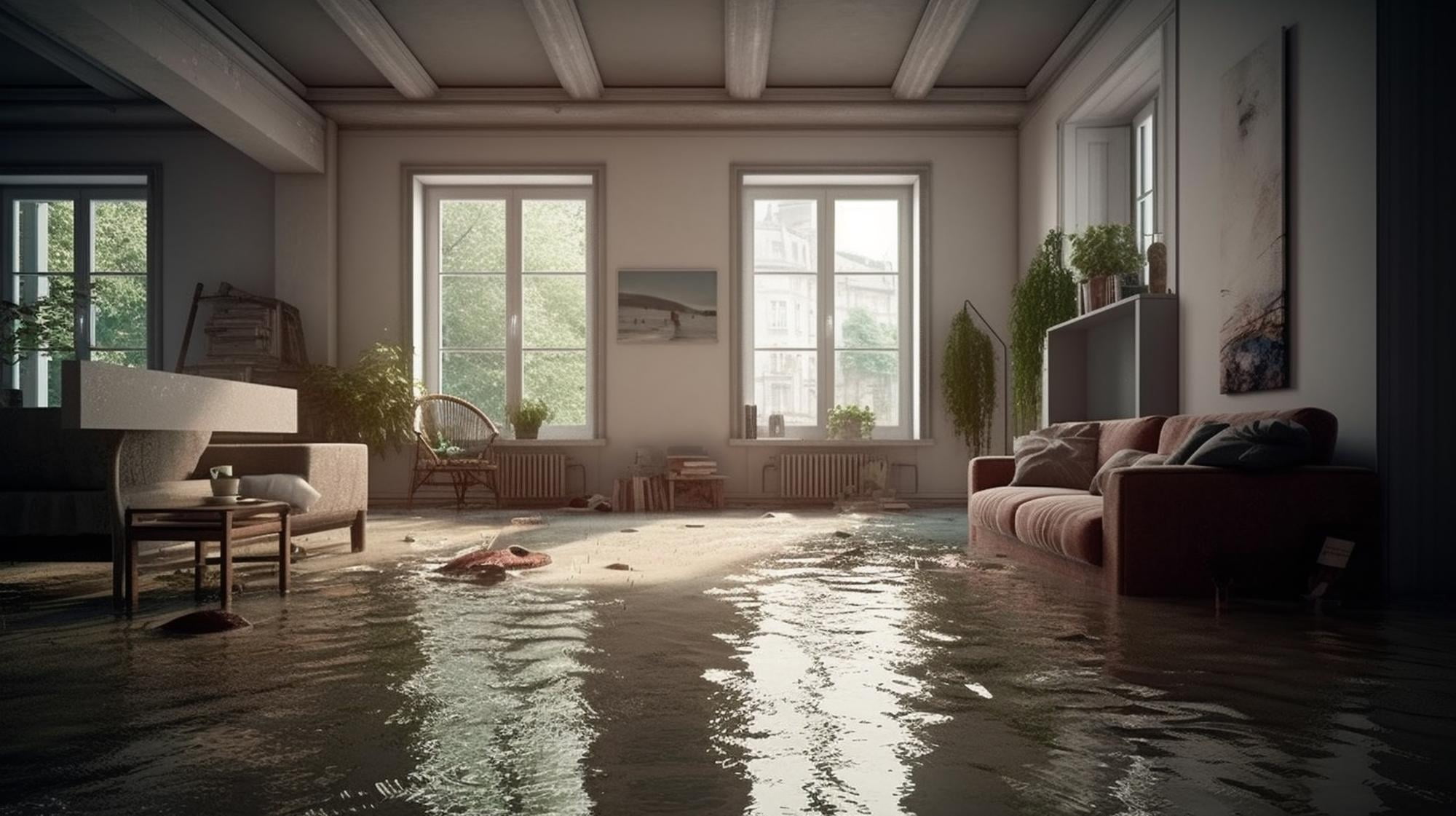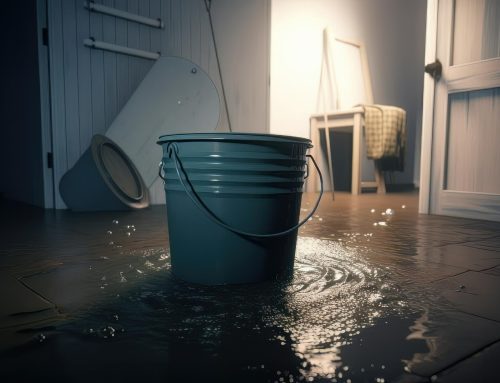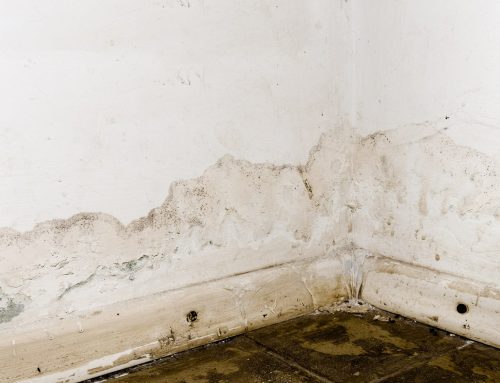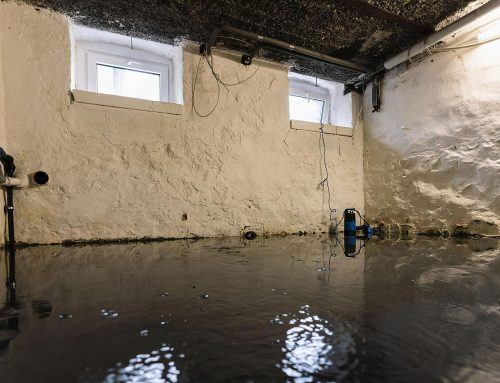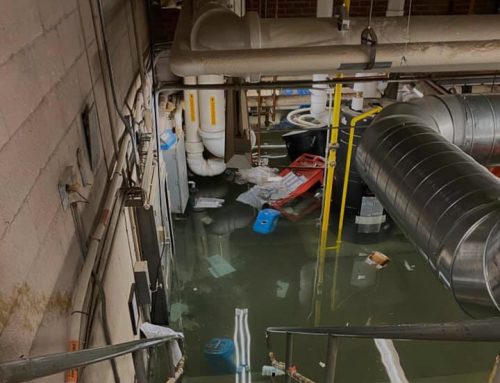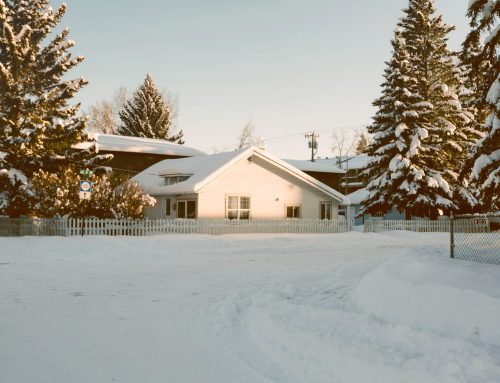Professional Fire Restoration: Helping You Recover
Experiencing a home flood can be a devastating and overwhelming event. The damage caused by water can be extensive, leading to mold growth, structural issues, and health hazards if not properly addressed. Hiring a professional fire restoration service is crucial to ensure a thorough and effective cleanup process. Here are eight steps to help you navigate the cleanup process after a home flood:
Step 1 – Assess the Damage
Start by assessing the extent of the damage caused by the flood. Take pictures and document all affected areas, including walls, floors, furniture, and personal belongings. This documentation will be essential for insurance claims.
Step 2 – Ensure Safety
Prioritize safety by turning off the electricity and gas supply to avoid any potential hazards. If the water level is high or there are structural concerns, it’s crucial to evacuate the property until professionals deem it safe to re-enter.
Step 3 – Remove Water
Begin the cleanup process by removing standing water using pumps or wet/dry vacuums. Open windows and use fans to aid in the drying process. The quicker you remove water, the less chance there is for mold to develop.
Step 4 – Salvage Valuables
Identify and salvage any valuable items that have been affected by the flood. Move them to a safe and dry area to prevent further damage. Professional fire restoration services can help with the restoration of damaged items.
Step 5 – Dry and Dehumidify
Use dehumidifiers and industrial-grade fans to dry out the affected areas. Mold can grow within 24-48 hours, so it’s crucial to remove moisture as quickly as possible. Proper ventilation is key to prevent mold and mildew growth.
Step 6 – Clean and Disinfect
Thoroughly clean and disinfect all surfaces, including walls, floors, and furniture, to eliminate any bacteria or mold growth. Use appropriate cleaning agents and follow safety guidelines.
Step 7 – Restore and Repair
Assess the structural damage caused by the flood and consult with professional contractors to determine the necessary repairs. This may include replacing drywall, flooring, or damaged electrical components.
Step 8 – Prevent Future Incidents
Take preventive measures to avoid future flooding incidents. This may involve installing flood barriers, improving drainage systems, or regularly maintaining your property’s plumbing and roofing.
Frequently Asked Questions
Q: Can I clean up after a home flood by myself?
A: While you can attempt a DIY cleanup, it’s highly recommended to hire professional fire restoration services. They have the expertise, equipment, and knowledge to ensure a thorough and safe cleanup process.
Q: How long does the cleanup process take?
A: The duration of the cleanup process depends on the extent of the damage. It can range from a few days to several weeks. Hiring professionals can expedite the process and minimize further damage.
Q: Will my insurance cover the cost of fire restoration services?
A: Most homeowner’s insurance policies cover fire restoration services, including those required after a home flood. Review your policy and consult with your insurance provider to understand the coverage and claims process.
Q: Can I stay in my home during the cleanup process?
A: Depending on the severity of the damage and safety concerns, it may be necessary to temporarily relocate during the cleanup process. Professionals will assess the situation and advise you accordingly.
Q: How can I prevent mold growth after a home flood?
A: Promptly drying out the affected areas and using dehumidifiers can help prevent mold growth. It’s also essential to address any water leaks or moisture sources to mitigate the risk of mold development.
